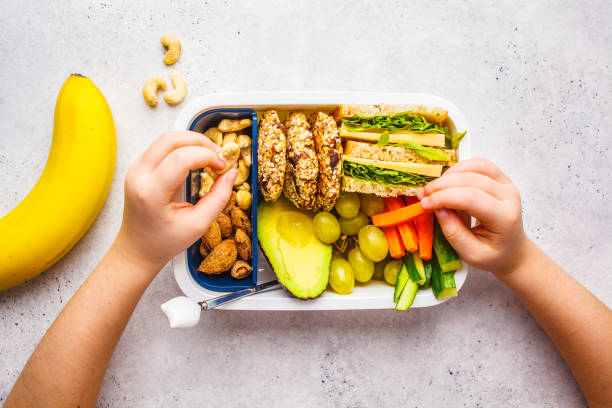Rice is the third most produced grain in the world and the number one grain consumed by humans. Almost all rice comes from Asia. This gluten-free seed can be ground into flour and made into beverages or noodles. About a third of US consumption is used to make beer. Because rice is an incomplete protein, you should combine it with beans, nuts, other seeds or meat.
The length of a grain of rice is significant because it often determines its stickiness and, thus, its use in particular dishes. Longer grains are less sticky and great in curries. Middle and short grains are stickier, used to hold sushi together and are good in pilaf, paella and casserole dishes. Short grain rice is used for puddings and cereals.
Soaking and rinsing rice before cooking is generally not recommended. Soaking changes it to a more complete protein and reduces its stickiness, but at a cost. It causes the starch to release faster and the rice fails to thicken. The exception is with brown rice. You can soak it overnight and reduce the cooking time by ten minutes. For rinsing the exception is with basmati or sushi rice varieties. When in doubt read the instructions.
When selecting rice, more color usually means more nutrients. Thus, brown rice, red or black rice and Minnesota wild rice (related, but different from Asian rice) is better for you than plain white rice. You can store brown rice in the refrigerator for about 6 months.
If you can’t find anything but white rice, which is mostly starch, look for the word “parboiled” on the package for the most nutrients. The second choice would be “converted” rice, which has been pre-cooked. “Polished” rice has had many of the nutrients removed. Although instant rice is quick and easy for stir-frying, it dissolves and does not hold up in a crock pot, soup or casserole. White rice will last from one to three years and does not need refrigeration.
Long grain rice include jasmine from Thailand and Vietnam, basmati from India, texmati from Texas, wild pecan rice from Louisiana, wehani from California (developed from basmati and similar in flavor) and the expensive Patna from India. Medium grain rice include sona masuri rice from India, the carnaroli rice used in Italian slow cooking dishes like risotto, red rice from Bhutan, Thai sticky rice, Minnesota wild rice and China black rice, which is purple in color with a nutty taste. Short grain rice includes Calrose and sushi rice (a semi-polished white rice) and Valencia (bomba) or paella rice, which absorbs a lot of moisture without breaking down and is often used as a substitute for the medium Arborio rice. Sweet or glutinous rice is used for deserts. In this case glutinous means “sticky like glue.” Rice has no gluten.
Read the package instructions for cooking. If you are buying from a bulk bin, use 1 cup of rice to 2 cups of water plus ¼ teaspoon of any salt. Cover with a tight lid, boil, then reduce heat to simmer for an hour or until water is absorbed. Don’t lift the lid as it can dry it out and disrupt the cooking process. Remove the pan from the burner and let stand, still covered, for another ten minutes before serving.
Bring out more flavors and shorten the cooking time by 10 minutes by dry roasting the rice in a skillet at high heat (before cooking in water) until kernels are brown. Stir or shake the rice to prevent burning. You can also use a pressure cooker. The rice does not separate as well and it isn’t as fluffy, but it will retain the nutrients, flavor and moisture better than with boiling.
For Curried Rice use 2 cups of cooked basmati rice, 2 tablespoons canola butter or oil, a chopped onion, a teaspoon of curry powder, ½ cup of raisins and 1 cup of peas. For Pilaf sauté 1 cup of uncooked brown rice in a little oil, add a chopped onion, some garlic and carrots and simmer in 2½ cups of water for 45 minutes. Finish by adding some peas and parsley. For a Summer Salad combine 2 cups of cooked brown rice or red wehani rice with ¼ cup of toasted, chopped walnuts or pecans, 2 tablespoons each of canola oil and white vinegar, ½ cup of chopped scallions, 1 diced yellow or orange bell pepper for color and ¼ teaspoon salt. Add cilantro for more color and flavor.
Add toasted sesame seeds to any rice dish. Wild rice is often used in stuffing, but it makes a great side dish and holds up well in a crock pot. Spice wild rice with cinnamon, cloves, cardamom and raisins. Its earthy flavor also goes well with mushrooms. Add a little heat to any rice dish by grinding up some Szechuan peppers. Any sweet vegetable will go well with rice, especially carrots, corn, peas and tomatoes. Black beans and lentils are a good choice with rice for hardy winter stews.




